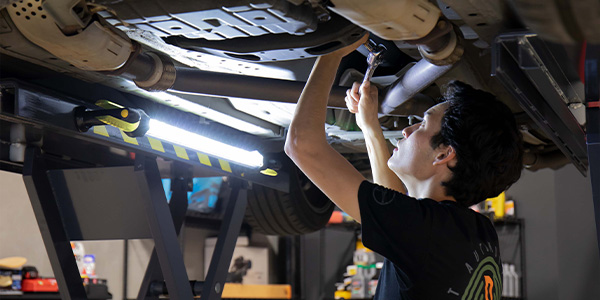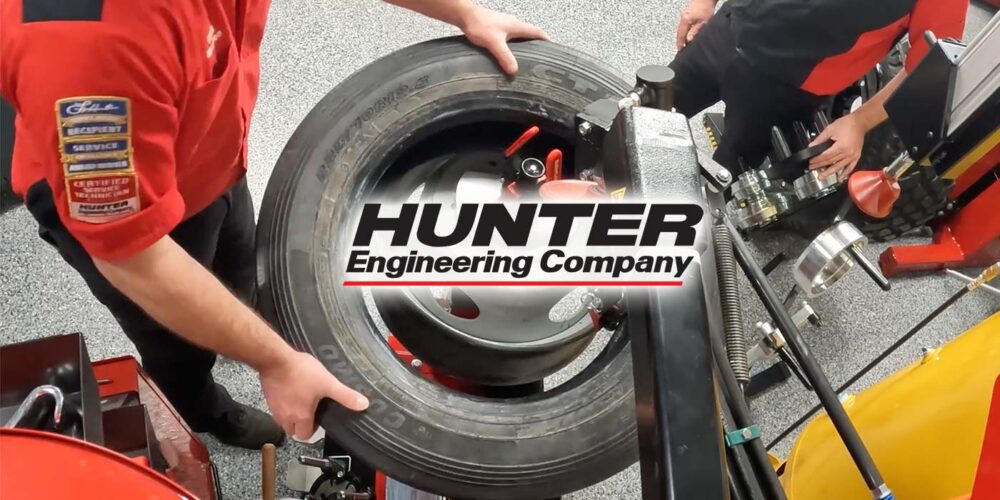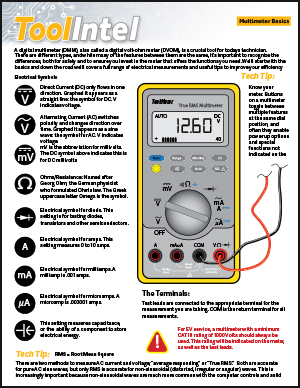The A/C compressor is the heart of the refrigeration circuit. It pumps and pressurizes the refrigerant. The compressor is belt-driven by the engine and most have a magnetic clutch that cycles the compressor on and off. Compressor failures are often caused by loss of lubrication, which in turn, may be due to a blockage in the orifice tube or expansion valve. Most compressors do not hold much oil and rely on oil circulating with the refrigerant for lubrication. If the A/C system has a leak and loses refrigerant, it will also lose oil. This can starve the compressor for lubrication and cause the compressor to seize or fail.
Different types of compressors require specific types of oil. Older R-12 A/C systems require mineral oil, while newer R-134a systems use mostly PAG oil.
Older R-12 systems that have been retrofitted to R-12 can use POE oil or PAG oil. Using the wrong lubricant can cause compressor failure. Note: On some hybrid vehicles such as the Toyota Prius, a special type of nonconductive compressor oil is required because the compressor is also electrically-driven.
Replacement compressors may contain the proper lubricant for the vehicle application, but some may contain a temporary shipping oil that must be drained out prior to installation. Others are shipped dry. The best advice here is for the installer to follow the compressor supplier’s installation instructions. Anyone who is replacing a compressor may also need a new drive belt.
The flow of refrigerant through the A/C system is controlled by the cycling of the A/C compressor on and off. The compressor does not run continuously except in some newer variable displacement systems. The compressor clutch receives voltage through a relay, and the circuit usually includes a low pressure cutout switch that will prevent the compressor clutch from engaging if the system is low on refrigerant (this protects the compressor against possible damage). Many A/C systems also have a high-pressure cutout switch that turns the compressor off if pressure gets too high (which can occur during extremely high load, high-temperature conditions).
When refrigerant leaves the compressor, it goes to the condenser, a large heat exchanger usually mounted in front of the radiator. High pressure refrigerant from the compressor enters the condenser and is cooled by airflow from the fan or vehicle motion. This allows the vapor to condense into a liquid, which is a necessary step for the refrigeration cycle to work. The condenser may have to be replaced if it is damaged (collision damage or corrosion), or if it is contaminated with sludge or debris from a compressor failure.
From the condenser, refrigerant flows to the evaporator, which is located inside the HVAC unit under the dash in the passenger compartment. An orifice tube or thermal expansion valve is located at the entrance to the evaporator to control the flow of refrigerant into the evaporator.
The evaporator is where the cooling takes place. As the refrigerant enters the evaporator, it changes from a liquid to a vapor. The phase change allows the refrigerant to absorb heat and chill the air flowing through the evaporator into the passenger compartment. Evaporators can develop leaks caused by internal corrosion. Replacement is difficult because the evaporator is buried inside the HVAC unit — 8 to 10 hours to replace a leaky evaporator is not uncommon!
The accumulator or receiver/drier is usually located on the outlet side of the evaporator. This device serves as a refrigerant reservoir and a system filter. It contains a bag of moisture-absorbing crystals called desiccant. A new accumulator or receiver/drier should be installed if the compressor, condenser or evaporator are being replaced, or if the system has been open and exposed to air for more than a day.
Many experts also recommend replacing the orifice tube if a compressor has failed or if the A/C system is contaminated with sludge. Aftermarket variable displacement orifice tubes can improve low-speed cooling on older vehicles that have been retrofitted to R-134a. Some newer vehicles have variable orifice tubes from the factory.
Other commonly replaced A/C parts include hoses, O-rings and seals. These parts may have to be replaced if they are leaking refrigerant. Leaks are typically found by using refrigerant that contains ultraviolet leak detection dye, or by using an electronic leak detector. The suction hose is located between evaporator and condenser. The high-pressure hose is located between the compressor and condenser. Newer vehicles with R-134a A/C systems all require nylon-lined barrier-style hoses with pre-formed end fittings.
A/C systems require one of two types of refrigerant: R-12 (Freon) for most 1993 and older vehicles, or R-134a for most 1994 and newer vehicles. The two different refrigerants should not be intermixed. Only certified professionals can purchase R-12 legally, but anyone can still purchase R-134a (except in the state of California, which has announced plans to ban R-134a sales to DIYers).
Most older R-12 systems can be converted to R-134a with minimal changes, but on some Ford and Japanese cars the compressor must also be replaced because the seals are not compatible.
The heater is not part of the refrigeration system and uses engine coolant to provide warmth to the passenger compartment. Hot coolant from the engine circulates through the heater core, which is connected to the engine and water pump with hoses. Heater output depends on engine temperature (which requires a good thermostat and a full coolant level) and air routing through the Heating Ventilation and A/C (HVAC) system. Blend air control doors direct incoming air through the heater (for heating), A/C evaporator (for cooling) or both (in defrost mode to dehumidify the air so the windows don’t steam up).
Heating and A/C cooling problems can be the result of faults in either system (such as low refrigerant in the A/C system or low coolant in the engine), or problems in the HVAC unit (such as sticking, broken or jammed blend air door or other control doors, faulty HVAC sensors, or HVAC control module or control switch problems). Automatic climate control systems are very complex and require accurate inputs from numerous sensors to function properly.














